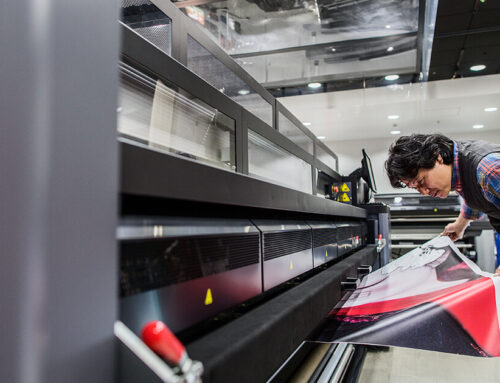What is Composable Infrastructure?
In composable infrastructure, compute, storage and networking resources are abstracted from their physical locations, and can be managed by software, through a web-based interface. Composable infrastructure makes data centre resources as readily available as cloud services, and is the foundation for private and hybrid cloud solutions.
Why composable infrastructure?
In addition to stability, modern IT departments need to deliver agility, or the ability to meet new business demands on the fly. Traditional IT has typically been focused on “keeping the lights on” while minimising costs, but modern IT will also need to achieve high operational velocity, enabling the business to quickly deliver new products and services into the market.
Traditional infrastructure solutions predate virtualisation, and require new physical severs and customised networking and storage solutions to support new applications. In this model, you often need to build out silos of infrastructure to support different workloads, increasing the cost and complexity of your data centre.
Composable infrastructure eliminates the need for workload‐specific environments and provides a fluid set of resources that can be dynamically combined to meet the unique needs of any application. It provides the best application performance possible, reduces underutilisation and overprovisioning, and creates a more agile, cost-effective data centre. With composable infrastructure, IT can provision on-premises infrastructure just as quickly and painlessly as public cloud resources can be acquired and deployed.
Unlike other simplified infrastructure solutions, such as converged and hyperconverged infrastructure, composable infrastructure gives IT the ability to maintain physical workloads inside the exact same environment that supports virtual and container-based workloads.
What are the business benefits of composable infrastructure?
Infrastructure that can be provisioned on the fly with software-defined intelligence allows for optimal application performance. Logically pooling resources reduces both underutilisation and overprovisioning to create a more agile, cost-effective data centre. A unified management interface integrates formerly siloed infrastructure and operations and allows IT to be offered as a service, enabling modern DevOps practices to be adopted by organisations with critical legacy applications that need to remain on premises.
When should you use composable infrastructure?
Composable infrastructure can be used effectively in a variety of circumstances, but it’s particularly useful when you need to keep running some applications on bare metal rather than on virtualised infrastructure.
Key composable infrastructure terminology
-
- Bare metal:
This refers to a hard disk sans any software layer or operating system. “Bare metal applications” operate directly on hardware, and must take into account the specifics of that hardware. “Bare metal servers” are not virtualised or shared by multiple entities, but are traditional, single-tenant dedicated servers. Legacy business applications and systems often operate on bare metal, and migration costs, performance concerns and legal requirements often lead businesses to want to keep them there.
-
- Container:
Application containers are lightweight runtime environments that provide apps with the files, variables and libraries they need to run, maximising their portability. Unlike virtual machines, containers use their host’s operating system (OS), rather than supplying their own.
-
- Fluid resource pools:
Compute, storage and networking resources become fluid when they are separated from underlying physical infrastructure and independent of each other.
-
- Hypervisor:
A hypervisor can be software, firmware or hardware. Whatever form it takes, it serves as a “virtual machine monitor” (VMM) and is a layer that abstracts resources from hardware and creates virtual machines that run operating systems and applications.
-
- Infrastructure as code:
Composable infrastructure allows computing resources to be provisioned with code, eliminating the need to physically configure hardware to meet the needs of new or updated applications.
-
- IT silo:
When applications run on dedicated infrastructure, they’re stuck in “IT silos” that can’t be easily scaled or managed.
-
- Mission-critical applications:
Many legacy business applications are mission-critical, meaning they are so central to business operations that any outages severely disrupt expected performance, often directly affecting revenue or other critical outcomes. It’s common for mission-critical applications to run on dedicated servers.
-
- Software-defined intelligence:
To deploy infrastructure quickly, more and more organisations are seeking to treat infrastructure as software. This allows them to deploy it, version‐control it and bring it down in the same way they manage the application software they’ve developed. This powerful, common software layer then becomes a complete, configurable, and programmable abstraction layer for all resources in the data centre.
-
- Stateless infrastructure:
In the composable infrastructure model, even applications that run directly on physical infrastructure are stateless, because they are controlled by software and can be moved at will.
Destination url: https://www.hpe.com/in/en/what-is/composable-infrastructure.html








